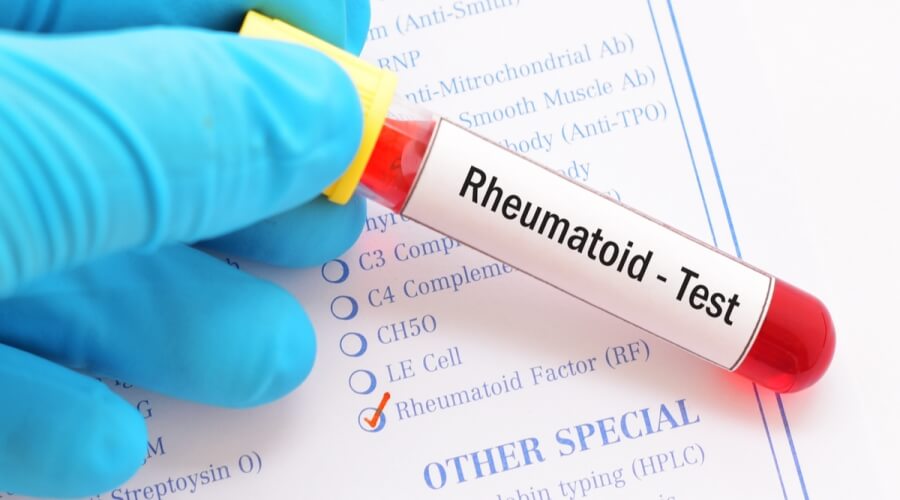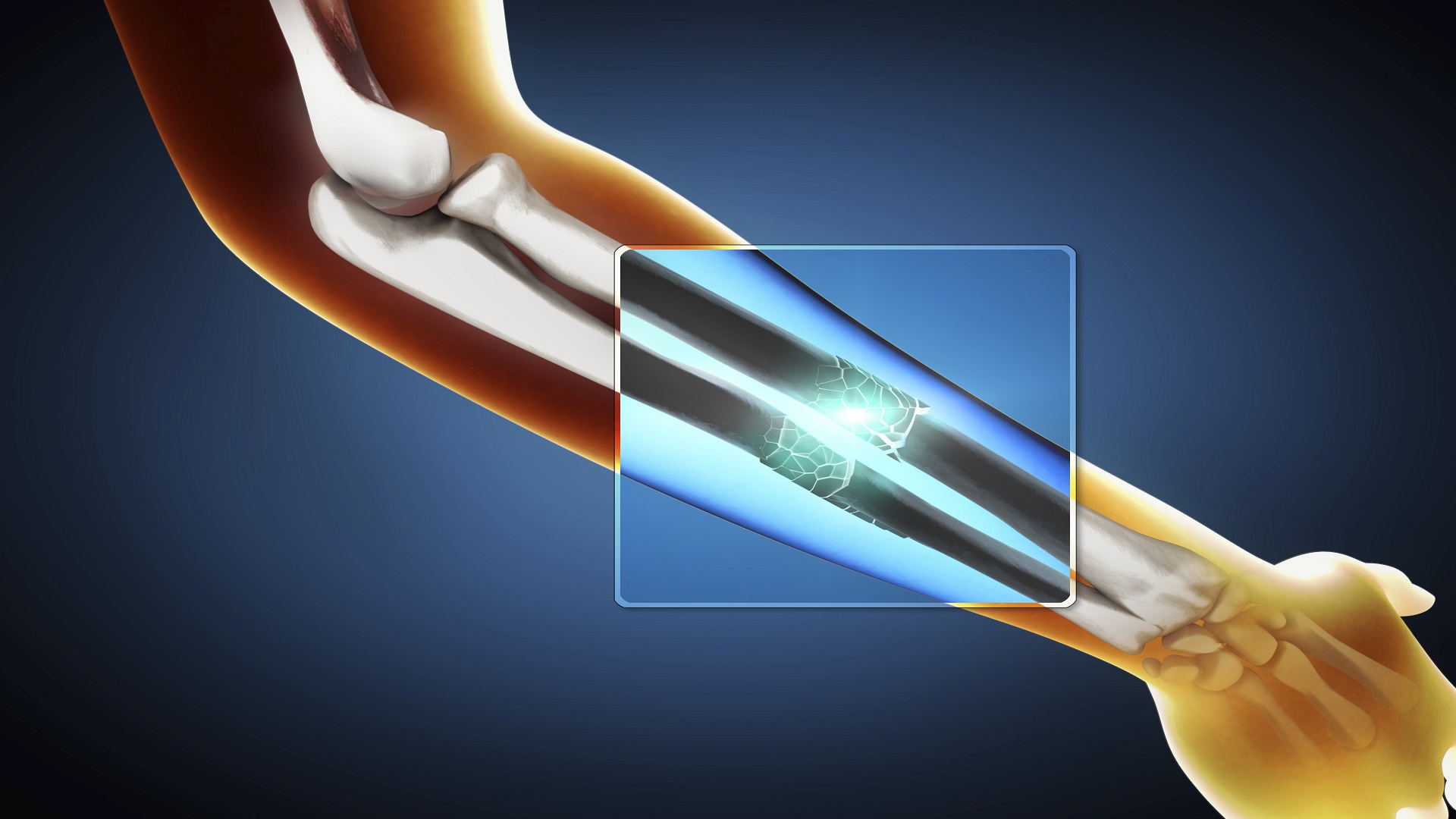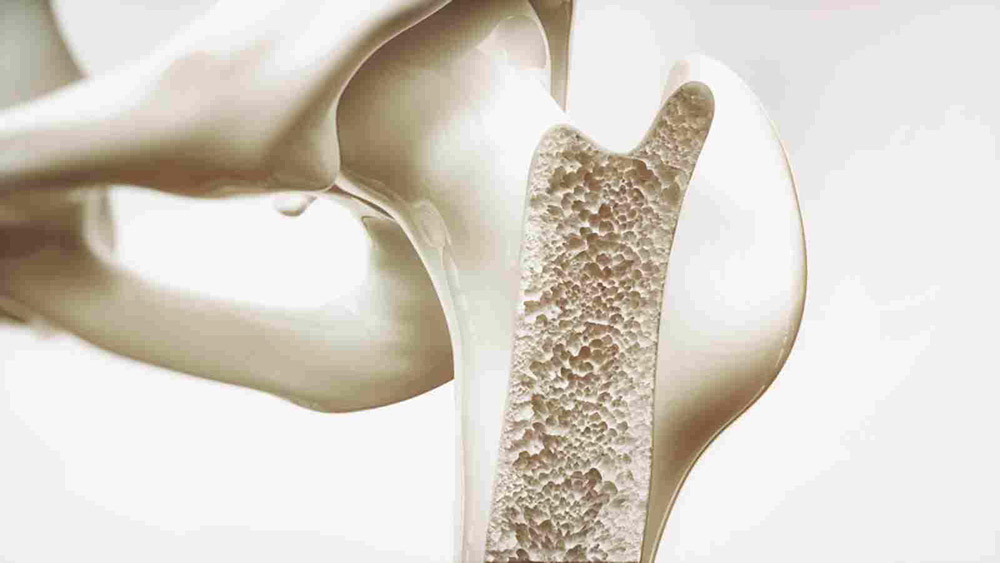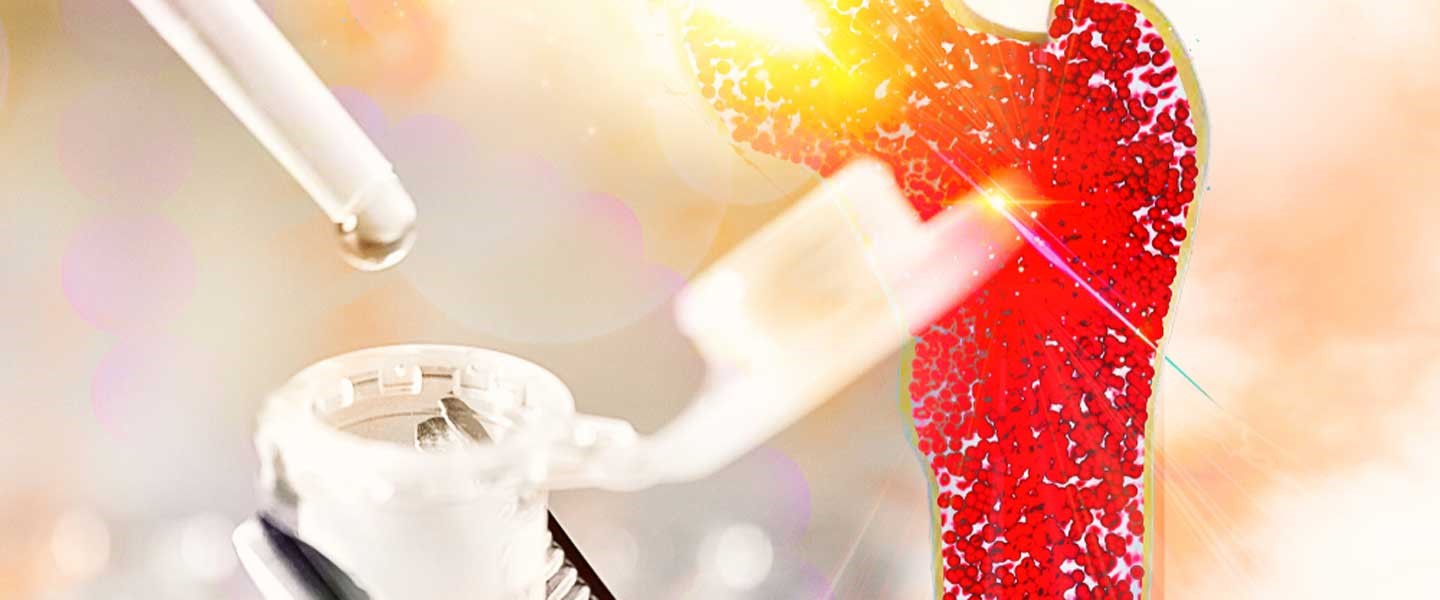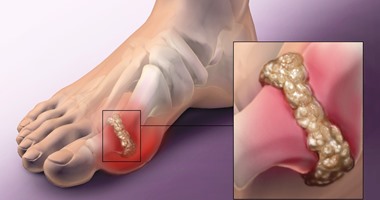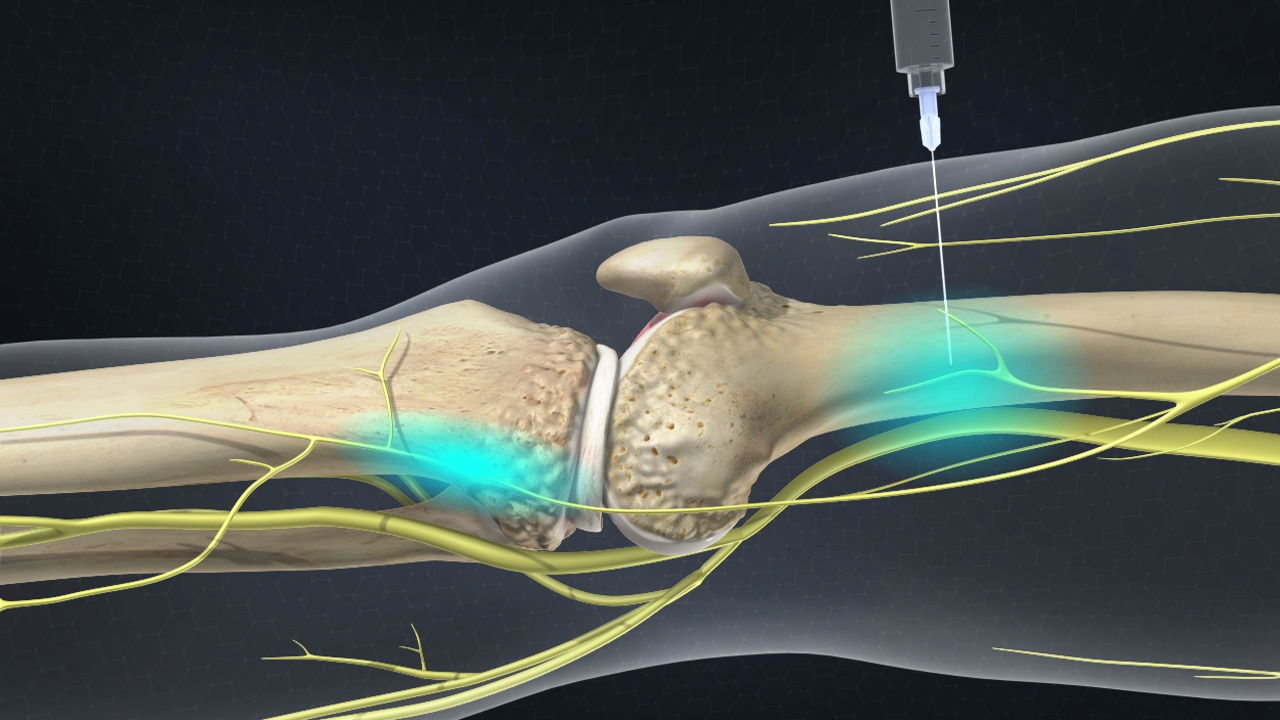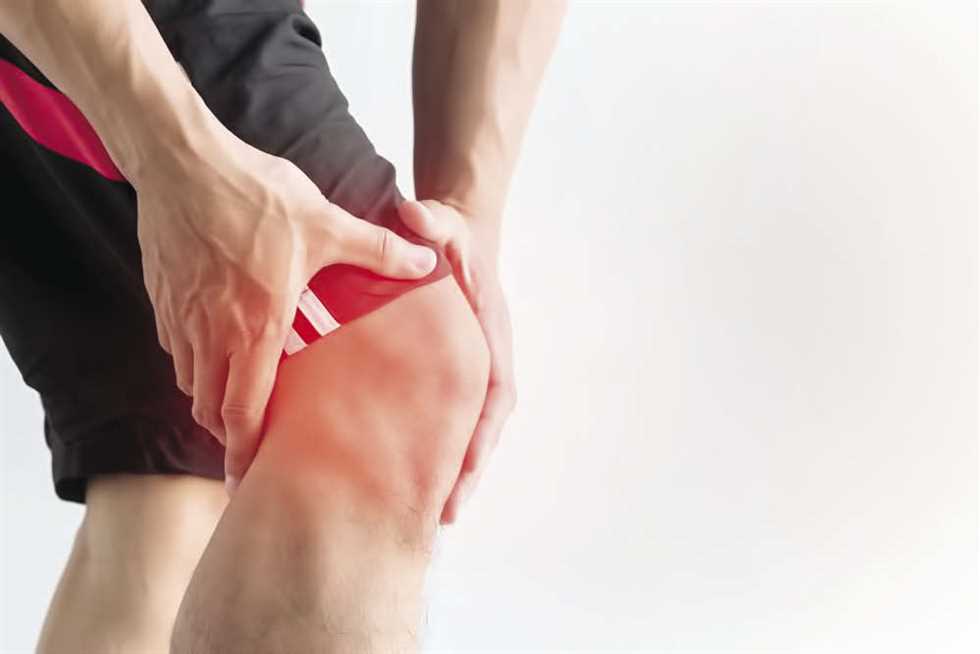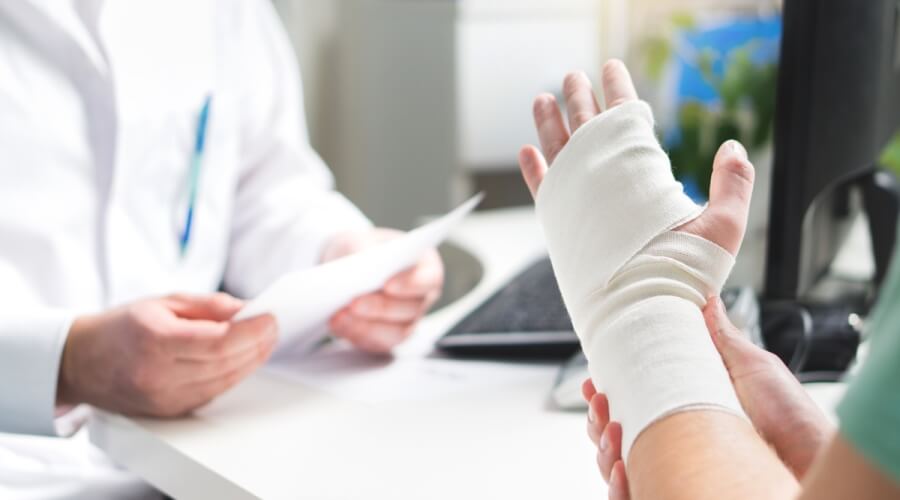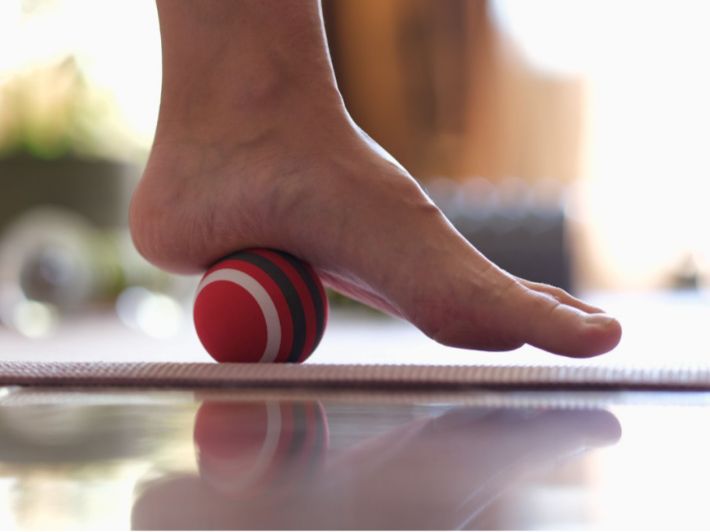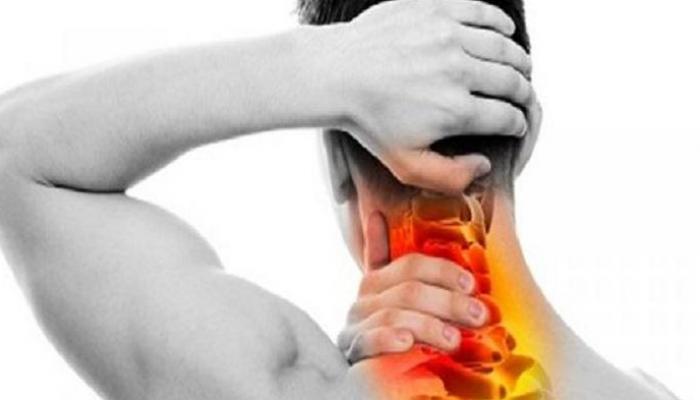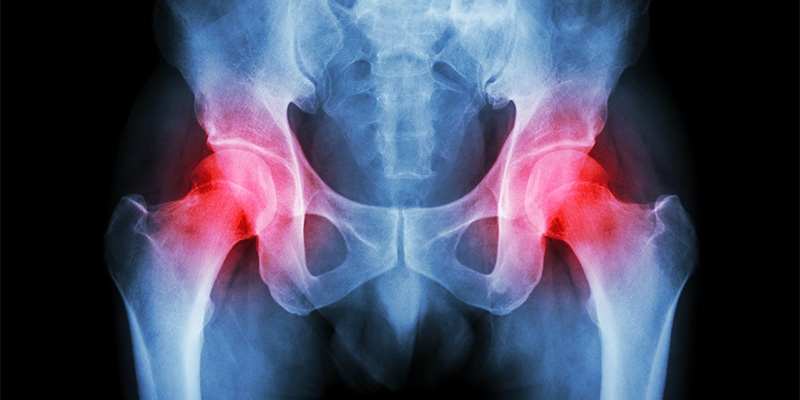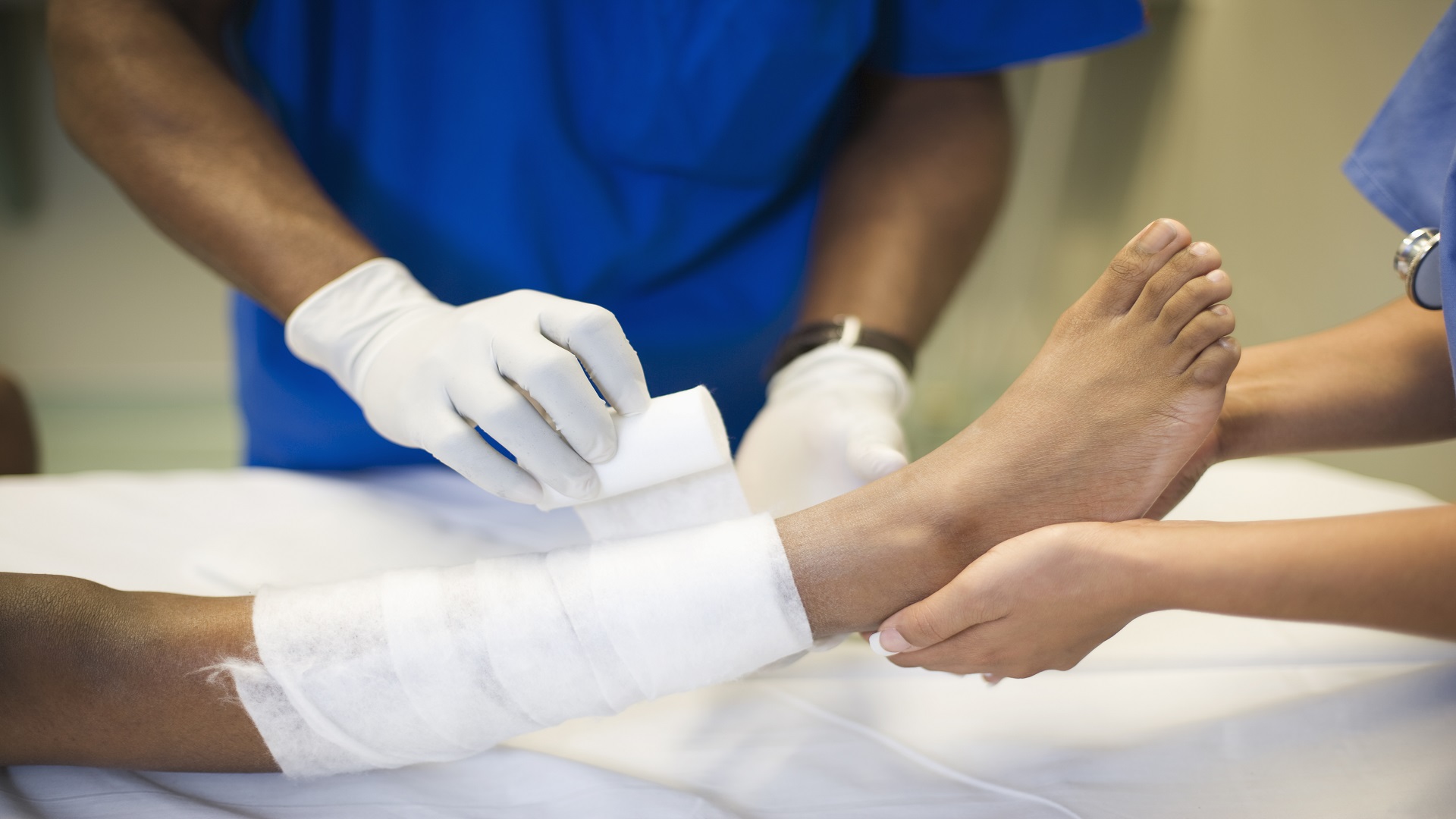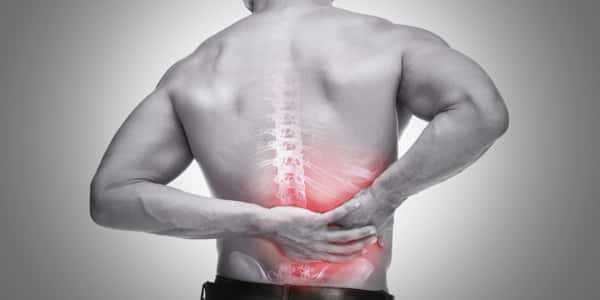Discover with us the cost of laser cartilage surgery in Egypt and its astonishing success rate!
The cost of laser cartilage surgery in Egypt. Laser cartilage surgery is one of the therapeutic techniques that have been developed in this regard. In the following paragraphs, we will learn about the most important information related to the slipped disc, the financial cost of this procedure, and the significant differences between endoscopy and laser procedures. So, stay with us to get all the updates.

The cost of laser disc surgery in Egypt
The cost of laser disc surgery in Egypt varies depending on several factors. These factors include the experience of the treating doctor who oversees the procedure, the devices and tools used in the procedure, the severity of the patient’s condition, and the level of the hospital where the patient undergoes the surgery. All these factors have a direct impact on determining the final cost of disc surgery using laser technology.
What is a slipped disc?
A slipped disc, also known as a herniated or slipped vertebral disc, is a problem with the discs or rubbery cushions located between the vertebrae of the spine. These discs consist of a soft core surrounded by a tougher outer layer. A herniated disc occurs when the soft core protrudes outward through a tear in the outer, tougher part.
The slipped disc can affect the nerves surrounding it by compressing them, leading to the appearance of symptoms that accompany the herniation, including pain, tingling, or weakness in the arms and legs depending on the location of the herniated disc.
Types of herniated discs
Herniated discs come in different forms, with each type varying from one patient to another. The types include:
- Lumbar herniated disc: This is the most common type and is widespread among many people. It involves the herniation of a disc located between the lumbar vertebrae.
- Cervical herniated disc: This is the second most common type in terms of prevalence and the number of cases. It affects the discs located between the cervical vertebrae.
- Thoracic herniated disc: This type is the least common in terms of prevalence and incidence. The issue occurs in the herniation of a disc located between the thoracic vertebrae.
Causes of herniated discs
Several factors can contribute to the development of herniated discs, including:
- Loss of spinal flexibility over time.
- Aging.
- Spinal injury.
- Weak back muscles.
- Neglecting one’s health and lack of exercise.
- Genetic factors that may play a role in susceptibility to herniated discs.
- Improper lifting of heavy objects.
- Sudden and improper movement.
Symptoms of herniated discs
Symptoms of a herniated disc may include:
- Severe and worsening pain over time.
- Numbness and tingling as the disc begins to press on nerve roots. This may lead to impaired signal transmission to the extremities, causing numbness in the feet and hands.
- Difficulty sitting or standing for extended periods.
- Muscle weakness.
Does a herniated disc require surgery?
Not all individuals with herniated discs require surgery. There are alternative treatment options to consider. In some cases, the primary cause of pain may be due to chronic and severe inflammation of nerve roots, a narrow spinal canal due to ligaments, vertebral misalignment pressing on the nerve, or chronic inflammation and roughness in the joints of the vertebrae or muscles. In such cases, surgery may not be necessary, and other treatment approaches can be explored.
Preparing for Disc Surgery in Egypt
Patients are well-prepared before starting the disc surgery procedure in Egypt. The specialist doctor typically requests the patient to undergo various tests, including:
- Complete blood count.
- Hemoglobin A1c test (to check blood sugar levels).
- Blood clotting analysis.
- Liver function test.
- Kidney function test.
- Spinal cord and nerve root imaging.
- Computed tomography (CT) scans.
- Bone marrow imaging.
- Providing the doctor with a list of all medications and vitamins the patient is taking.
- Following the doctor’s instructions regarding food and drink intake before the surgery.
- Providing the doctor with the patient’s medical history and any chronic conditions.

Laser Disc Surgery for Herniated Discs
“Experience a unique approach at Dr. Amr Amal’s clinics, where we perform laser disc surgery using modern and innovative methods.”
Laser disc surgery is a modern therapeutic approach that has become widely popular in recent years due to its effective results in treating herniated discs. It accelerates recovery, reduces pain, and allows patients to live a comfortable, pain-free life.
The use of laser technology in disc surgery involves the following steps:
- Preparing the patient for the procedure, often with local anesthesia.
- Utilizing X-ray imaging to identify the specific location of the herniation and the surrounding nerve roots.
- The doctor inserts a needle-like instrument into the targeted area, directing a bundle of low-level frequencies that suction and vaporize the herniated disc. This procedure relieves pressure on the nerves and provides comfort to the patient.
- After the procedure, a small bandage is applied, and the patient is transferred to the recovery room for monitoring and ensuring there are no complications.
- In some cases, a thermal frequency session may follow to treat any excessive nerve inflammation and provide the patient with additional comfort.
- In most cases, the patient is discharged from the hospital on the same day of the surgery, and they are instructed by the doctor on post-operative care to speed up recovery and ensure the success of the procedure.
If you would like to learn more about laser disc surgery for herniated discs and important post-operative instructions, we offer this article for additional information.
After Laser Disc Surgery
Dr. Amr Amal, a consultant in orthopedic and joint surgery, provides some important instructions that patients who have undergone laser disc surgery should follow. These instructions include:
- The patient should take the prescribed medications, pain relievers, antibiotics, and anti-inflammatories at the specified times and doses to alleviate pain completely.
- Avoid engaging in vigorous sports, excessive exertion, or heavy lifting immediately after the surgery.
- The patient should begin an appropriate exercise regimen tailored to their needs by joining a rehabilitation program.
- It is essential for the patient to return to their treating physician if they experience any unusual symptoms, such as a rise in body temperature or a recurrence of pain.
- The patient should regularly follow up with their personal doctor to monitor the recovery process and seek guidance as needed.
Advantages of Laser Disc Herniation Treatment
- The procedure is performed under local anesthesia and typically takes a short amount of time.
- Laser disc surgery yields rapid results, and patients do not require an extended recovery period afterward.
- There is a possibility of the patient being discharged from the hospital on the same day of the surgery.
- This medical procedure is particularly suitable for diabetic patients who may have difficulty healing and require quick recovery.
- The surgery is performed through a small incision at the site of the herniation, avoiding the need for traditional surgery.
Success Rate of Laser Disc Surgery in Egypt
Laser disc surgery is considered a highly safe procedure known for its high success rate, which can reach up to 90%. The success rate may vary based on factors such as the surgeon’s skill and expertise, the patient’s condition, and the modern medical techniques and methods employed by the surgeon.

What Are the Signs of Recovery After Disc Surgery?
The signs of recovery from herniated disc surgery, like the symptoms of the condition itself, vary depending on the location of the herniation and the patient’s response to pain. Signs of recovery typically include reduced frequency and intensity of back pain, decreased pain radiating down the legs, and less severe electric shock-like pain when standing, walking, sitting, or bending. Other signs of recovery may include:
- Reduced tingling and numbness in the legs and back.
- Regained control of the knee and ankle.
- Improved bladder control.
- Decreased muscle spasms and cramps in the back and legs.
- Improved foot drop and increased strength in the legs.
Patients should closely follow their doctor’s instructions during the recovery process to ensure a successful outcome.
Tips for Those Suffering from Disc Pain
“Prepare to improve your back condition and reduce pain with advanced laser disc procedures at Dr. Amr Amal’s clinics.”
There are some tips that patients with disc herniation should be aware of in order to alleviate the pain they experience and expedite the healing process. These tips include:
- Patients suffering from disc pain should adopt the correct sleeping posture suitable for disc herniation patients, which we will discuss in the following paragraphs.
- Patients should engage in exercises that are appropriate for their condition, with walking being one of the most beneficial activities to alleviate pain.
- Avoid lifting heavy objects, which can exert pressure on the spine and worsen the pain.
- Use both hot and cold compresses to help reduce pain caused by disc herniation. It is advisable to apply cold compresses to treat pain and inflammation initially and then switch to hot compresses after a few days.
- Patients should avoid prolonged bed rest, as it can lead to joint stiffness and muscle weakness, hindering recovery. Therefore, a key piece of advice for disc patients is to lie down for about 30 minutes and then engage in light walking.
- Patients should gradually return to their daily activities and avoid abrupt resumption of activities. If they experience any pain, they should stop the activity immediately, especially during bending or lifting light or heavy objects.
Post-Laser Disc Surgery Issues
Laser disc surgery is an effective procedure known for delivering excellent results in pain relief and alleviating symptoms experienced by patients. This surgery involves the removal of the herniated disc by suction and vaporization, relieving the pressure on nerve roots through the application of laser beams on the affected vertebrae without causing any harm to the surrounding tissues. Some of the benefits of this procedure include:
- No significant side effects are associated with it.
- The surgery is performed in a short period.
- It is suitable for various cases of disc herniation.
- Local anesthesia is used, eliminating the need for general anesthesia.
- Patients do not experience pain after the surgery.
- There are no surgical incisions or stitches required in this procedure.
- This method can be safely used with patients who have hypertension, heart conditions, or diabetes.
- Patients can return to work within a short timeframe.
Choosing the Best Doctor for Disc Surgery in Egypt
Dr. Amr Amal is one of the best doctors in the field of laser disc surgery. Dr. Amr has an excellent reputation in this field due to his extensive experience and in-depth knowledge of the latest medical techniques and procedures. He follows a friendly and comforting approach with his patients, ensuring that he listens and communicates effectively with them to fully understand their health issues and meet their individual needs.
Using laser technology in disc removal procedures, Dr. Amr aims to provide the highest level of healthcare for patients. Laser technology relies on the use of powerful and precise rays to remove the disc in a non-destructive and highly accurate manner. This, of course, helps reduce pain, accelerate the healing process, and improve treatment outcomes.
Dr. Amr’s laser disc surgery is known for its effectiveness and safety. He utilizes the latest medical techniques and precise tools to ensure excellent results and a positive experience for patients. Dr. Amr closely monitors the health of patients after the surgery and provides the necessary follow-up care to promote recovery and healing.
In conclusion, Dr. Amr Amal is the ideal choice for laser disc surgery, offering personalized and professional care that patients need. He emphasizes quality and safety at every step of the treatment. He deserves our appreciation and respect as one of the best doctors in the field of laser disc treatment.

How Should a Patient with Back Disc Herniation Sleep?
The sleeping position is one of the factors that can affect the level of pain for a patient with disc herniation. Choosing the correct sleeping position can have a significant positive impact on pain relief. There are specific sleeping postures that should be followed, including:
- Sleeping on the back: Patients should sleep on their backs with a pillow or two under their knees. This is considered the best position for comfort, and a small pillow or towel can be placed under the lumbar area.
- Sleeping on the side: This is a recommended position where patients sleep on their sides with their knees bent. This position keeps the lumbar area flat and reduces pressure on it. Patients can sleep on either their right or left side, and placing a pillow between the legs can make the spine more level, increasing comfort.
- Sleeping on the stomach: Sleeping on the stomach is not preferred for disc herniation patients, but some individuals find it more comfortable in this position. If a patient must sleep on their stomach, it’s advisable to place a pillow under the abdomen to keep the lumbar area flat.
- Sleeping on a reclining chair: A reclining chair is suitable for resting or watching television for disc herniation patients. It provides better back support compared to a regular bed.
If you would like to learn more about the proper sleeping position for disc herniation patients in detail, we recommend reading the following article.
When Does Disc Herniation Lead to Paralysis?
If a patient neglects their disc herniation condition, it can lead to a condition known as cauda equina syndrome. This syndrome involves the compression of the bundle of spinal nerves located at the end of the spinal column. While it does not result in death, it increases the chances of permanent weakness in the lower limbs and potentially permanent paralysis.
Can Complete Recovery from Disc Herniation Occur?
“Get relief and alleviate back pain through effective and safe laser disc herniation procedures with Dr. Amr Amal.”
Yes, it is possible for a patient with disc herniation to achieve complete recovery, but in most cases, you’ll find that symptoms gradually improve over the first few weeks, possibly extending to 3 or 4 months.
Many people believe that disc herniation is a chronic health problem that cannot be cured. However, it is quite the opposite. It is a temporary issue that can have its damage mitigated by seeking early treatment, following a healthy lifestyle, and engaging in a suitable physical and rehabilitation program tailored to the patient’s condition.
What Is the Difference Between Laser and Endoscopy?
Laser and endoscopy are among the latest techniques recently discovered for treating disc herniation, and they are both safe methods that ensure speedy recovery and healing. However, there are some differences between the two methods that we will explore below:
Endoscopic Disc Herniation Surgery
This medical procedure stands out for its efficiency and effective impact on treating disc herniation, thanks to some distinctive features:
The patient can often leave the hospital on the same day as the surgery. Local or partial anesthesia is used. It boasts a higher success rate compared to traditional procedures. It is considered a safe approach with rare complications, if any. Tissues are not exposed to damage or harm because the procedure involves making small incisions in the body.
Laser Disc Herniation Surgery
This is one of the latest medical procedures used to treat various spinal column-related injuries, including disc herniation. However, it is not as effective as endoscopy, but it does help reduce pain and alleviate associated symptoms.


